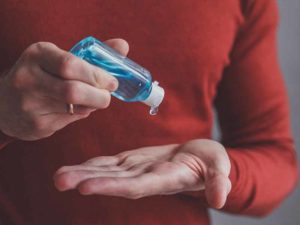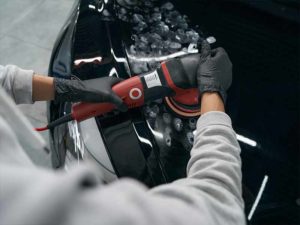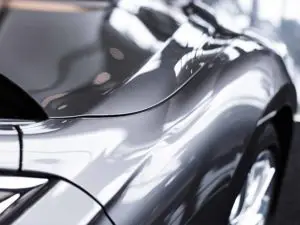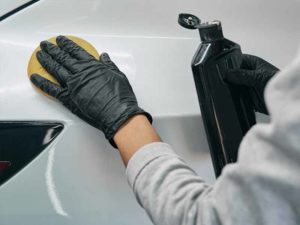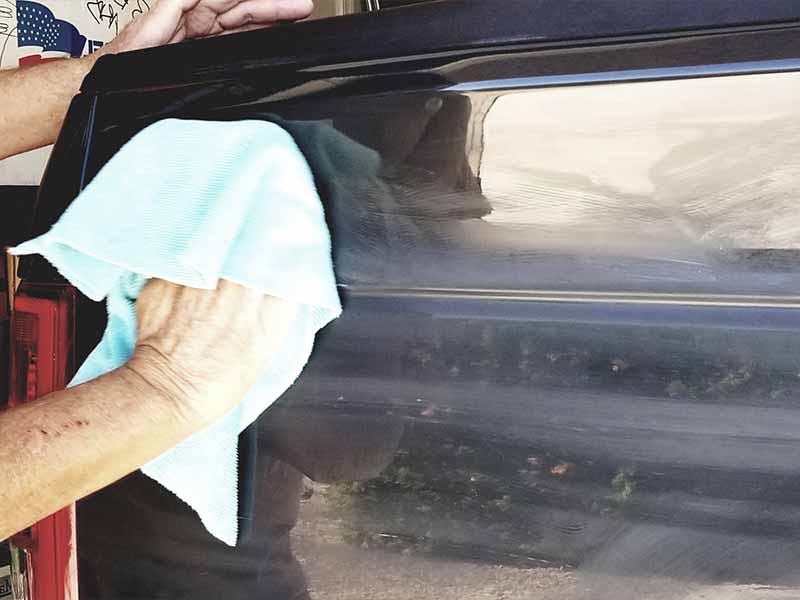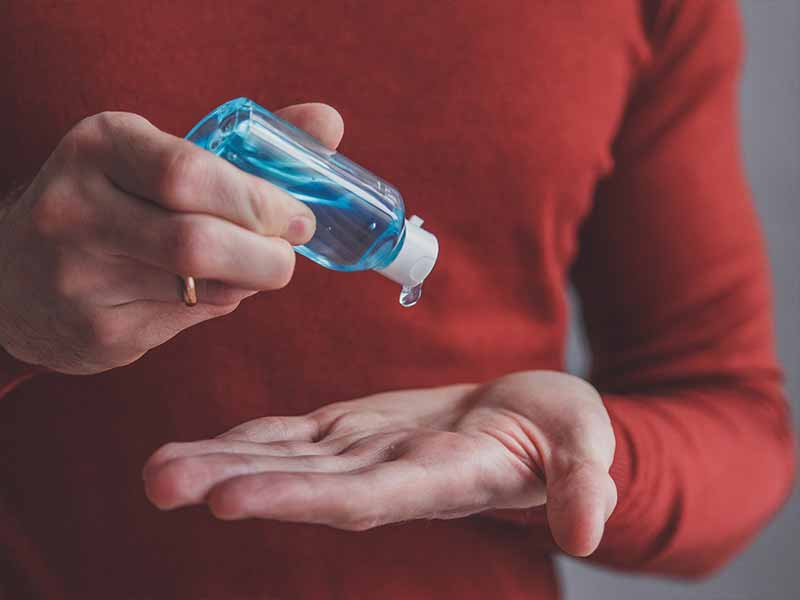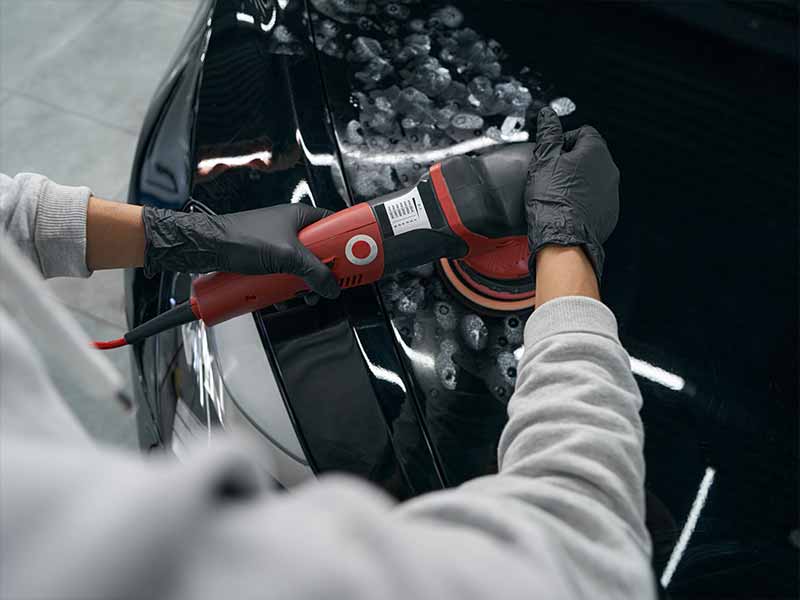Table of Contents
- How To Clean Polishing Pads
- What Is a Polishing Pad?
- The Problem with Dirty Polishing Pads
- How To Clean Foam Polishing Pads
- How To Clean Wool Polishing Pads
- How To Clean Microfiber Polishing Pads
- Using a Pad Washer for Wool and Microfiber Pads
- Don’t Forget to Dry Your Pads After Cleaning
- Helpful Links
- Conclusion
If you ever tried using a polisher on your car, you probably realized that it didn’t work as well by the end of the job. You can blame your polishing pads for this. Once these pads get dirty, your car won’t look as shiny as it should.
In order to save you time and effort during your polishes, you need to know how to clean polishing pads. In this guide, we’ll explain the different types and how to clean each type.
How To Clean Polishing Pads
The easiest way to clean all types of polishing pads is with compressed air.
While the pad is on the polisher and spinning, aim the compressed air at the center of the pad and slowly work your way to the edge of the pad.
This will blow out the excess polish or compound.
For particularly clogged pads continue reading to learn about how to specifically clean clogged foam, wool, and microfiber polishing pads.
What Is a Polishing Pad?
A polishing pad is the material you put on your rotary or dual action polisher. You’ll put cutting, buffing, or polishing product on the pad then spin it against your car to polish the car.
The pad itself is a huge part of the process. Picking the right pad from the start will ensure you get the best results in the end.
There are three major types of polishing pads, each with its own unique purpose:
- Foam polishing pads. It uses different foam chemistries and comes in different levels of firmness. They are good for polishing, finishing, and compounding. Some have a textured face and others are flat.
- Wool polishing pads. Wool pads are almost exclusively used on rotary polishers. Since the wool fibers are abrasive, you won’t get a flawless finish. Therefore, they’re reserved for heavy corrections and cutting.
- Microfiber polishing pads. This uses a similar material as the towels you might use in washing, drying, and detailing your car. They are primarily used for cutting or finishing.

The Problem with Dirty Polishing Pads
An experienced detailer knows that using dirty polishing pads is never a good idea. Regardless of the type of pad you’re using, a dirty one will have unwanted product, dirt, wax, or residue embedded in the pad.
If you use a dirty polishing pad on a car, you’ll likely get heavy swirls and smears across your vehicle.
To avoid this, you should clean your pads after every use. The type of pad you’re using will determine how you’re supposed to clean it. To give you the best answer, we broke the cleaning process into three sections: one for foam, wool, and microfiber polishing pads.
How To Clean Foam Polishing Pads
When it comes to cleaning foam pads, you’ll need to be careful. It’s easy to heat up the pad which will cause it to break apart. Furthermore, it doesn’t take much to rip apart one of these pads while you’re trying to clean it.
We suggest cleaning it by hand, carefully. They’re typically easier to clean in the first place, since you won’t use them for cutting or compound products.
Since there are no fibers or wool on the surface, you don’t have to worry about product that’s deep in the pad and tough to get out.
For the best results, spray all-purpose cleaner on the pad to start. Use a cotton towel that has clean water on it to wipe off the foam polishing pad. Doing this won’t damage the pad and should remove the remaining stubborn surface-level polishing product.
How To Clean Wool Polishing Pads
Wool pads are probably the hardest pad to keep clean. By design, they absorb a lot of liquid and product. As such, you’ll need to use some specialized methods to clean them.
Option 1: Spur Tool
A spur tool looks like a gear with an axle through the middle and a handle to grab it. The spur will rotate around this axle, and it’s specifically made to clean polishing pads.
Grab your polisher and turn it on. Make sure you hold it firmly with one hand while holding the spur tool in your other hand.
Press the spur tool against the pad, allowing it to spin. Don’t apply too much pressure, then slowly walk it from the center of the spinning pad to the outside. Along the way, product will be removed from your polishing pad and will probably fling away from the rotating tool.
A used wool polishing pad might also have mats where the wool binds to other pieces around it. Using a spur tool will remove these mats.
Option 2: Compressed Air
Compressed air is almost a shortcut to cleaning a wool polishing pad. If you’re not familiar, this is a tool that uses an internal pump to compress air, forcing it out of a nozzle at a much higher speed. It’s the machine used to pump your car’s tires full of air.
The problem with wool polishing pads is that they have product deep in the fibers. You can use a compressed air hose to shoot high-speed air into the pad, removing these deep-seated products.
How you apply the air is up to you. You can either turn your polisher on and have the pad rotate while you blow compressed air on it, or you can just grab the pad and apply the air.
You can find surprisingly inexpensive pancake compressors which can be used around the house, in case you don’t have one. As we mentioned, you can even use the same compressor to fill up your tires.
Pro tip: Do this above an empty trash can so you don’t end up with product splashed everywhere.

How To Clean Microfiber Polishing Pads
Microfiber polishing pads present a unique problem. Since they are designed with tiny fibers across the surface, they quickly trap dirt and lose functionality. In fact, you might go through 5 or 6 different pads while you polish a single car.
After the job is done, you can use these methods to clean out the pad.
Option 1: Compressed Air
Believe it or not, the air compressor comes in handy with microfiber pads as well. Same as before, you’ll use your compressed air hose and point it at the pad a few inches away. You can either run the polisher, or just keep the pad stationary while you use the air.
This works whether the pad is wet or dry.
With microfiber pads, you might notice a certain amount of paint transfer (especially when working on older cars). Compressed air should completely remove whatever paint was transferred onto the pad, restoring it to its original color.
Option 2: Bristle Brush or Cloth Towel
As you’re polishing your car, there is a method of quickly cleaning it, so you don’t have to constantly swap out the pad. It happens when you use either a cloth towel or bristle brush.
A bristle brush is preferred if you have wax or compound sticking to your pad. You use this brush, scrape it across the surface of the polishing pad (removing anything stuck on the surface) and get back to work.
A terry cloth towel can be used to wipe off the surface of your microfiber polishing pad, which gets rid of the excess compound.
A good option is to use a towel or brush while polishing your car, then compressed air after the job is done to thoroughly clean and dry all the pads you used.

Using a Pad Washer for Wool and Microfiber Pads
We explained how to hand-wash a foam pad earlier, but there’s a similar method you can use to clean your wool and microfiber pads. Since these pads are tougher to clean, a hand-washing method probably won’t work.
Instead, you can use a specialized pad washer. It is essentially a bucket that has a spinning pad inside it.
You fill the bucket with water and cleaning liquid, and place the spinning pad on the bottom of the bucket. Put your dirty polishing pads on top of the spinning piece, then use a garden hose with a jet spray setting to force the piece to spin.
All this energy and motion will clean your pad, even if the product is trapped deep in the fibers.
Don’t Forget to Dry Your Pads After Cleaning
After cleaning your pads, it’s important to put them aside so they can properly dry. If you take a stack of wet pads and throw them in your detailing bag, you will shorten their usable life.
Instead, you need to let them all air dry. If you are using and cleaning pads semi-frequently, you might want to invest in a dedicated drying rack. If you don’t use them that often, you can lay them pad-side up on a counter overnight.
Another trick is to put the wet pad on your polisher and turn the speed up. This will force the water droplets away from the center of the pad, almost instantly drying them out.
Helpful Links
Conclusion
Having a set of clean polishing pads will ensure your car looks as shiny as possible. You should always make sure you’re using a clean pad, so you don’t get unwanted swirls or streaks on your vehicle.
For more detailing tips, explore the rest of our blog.

